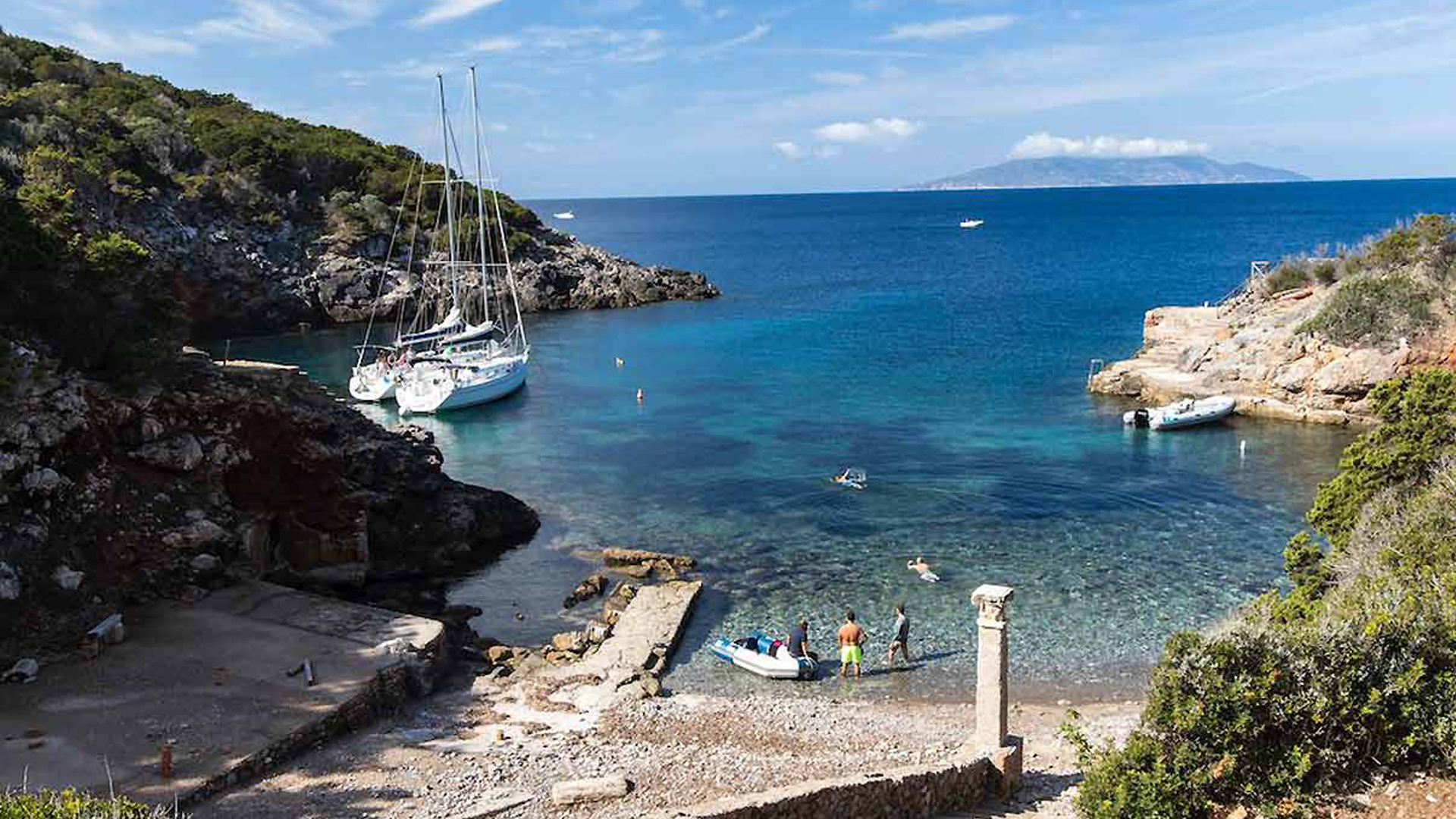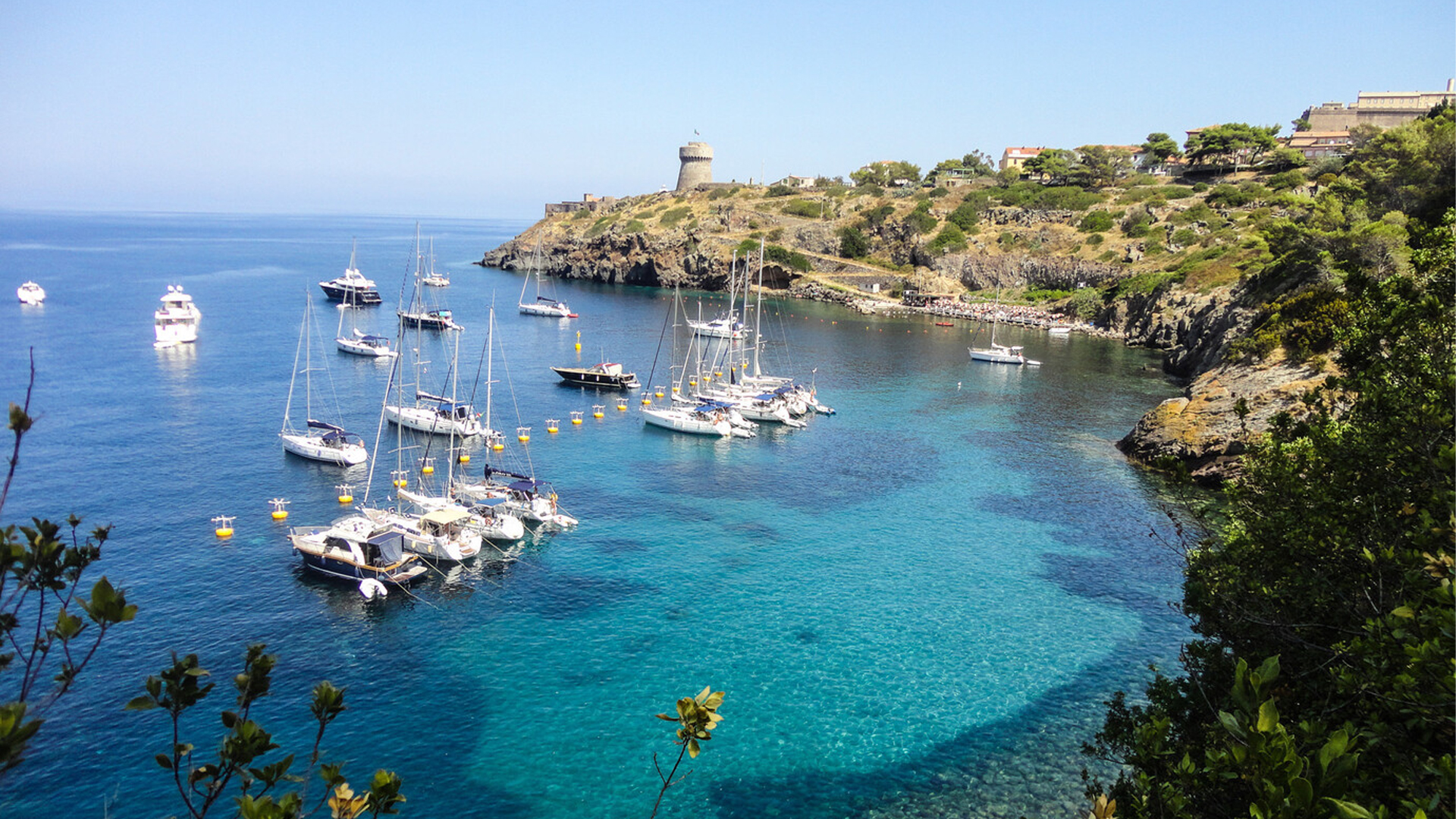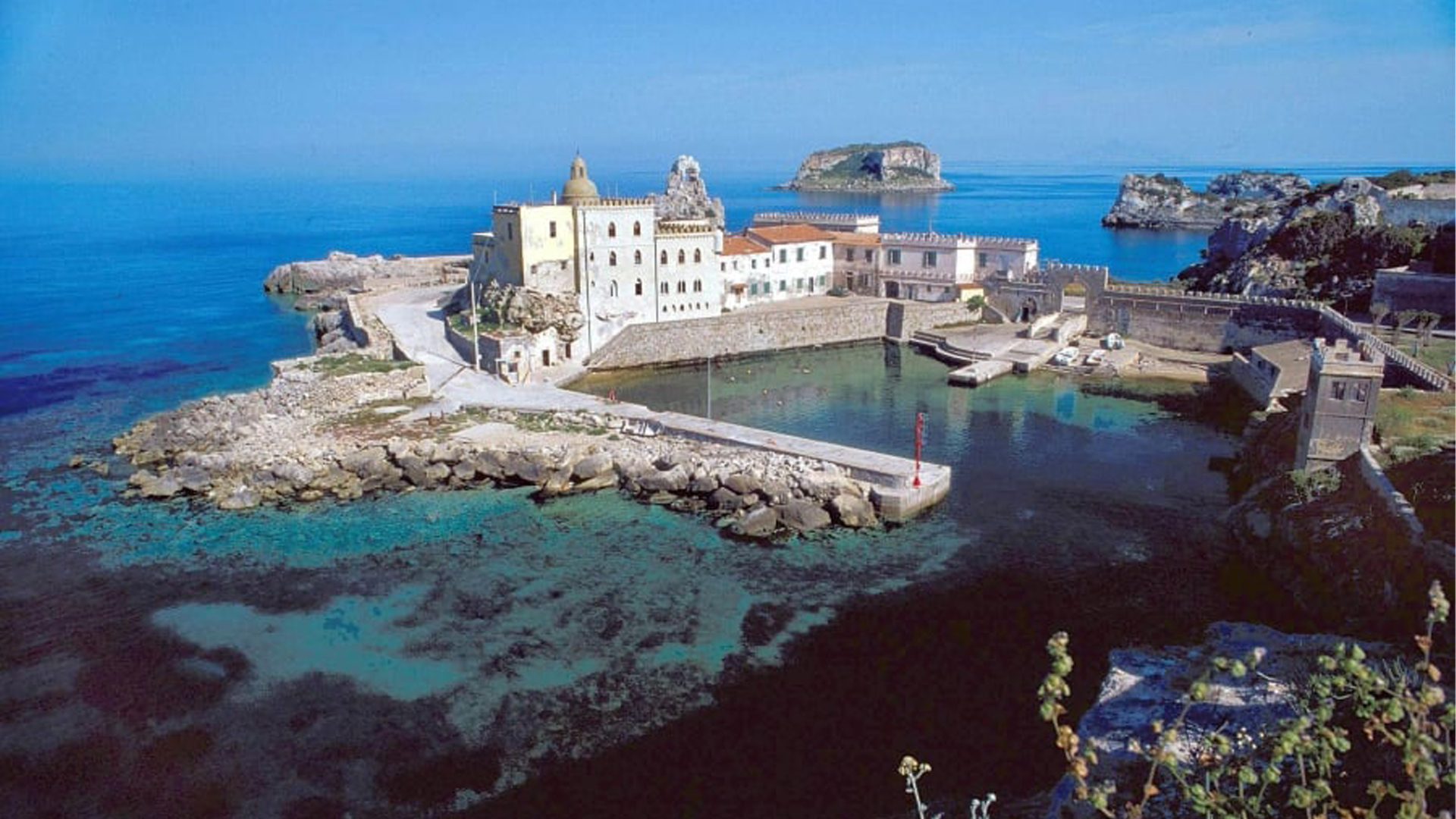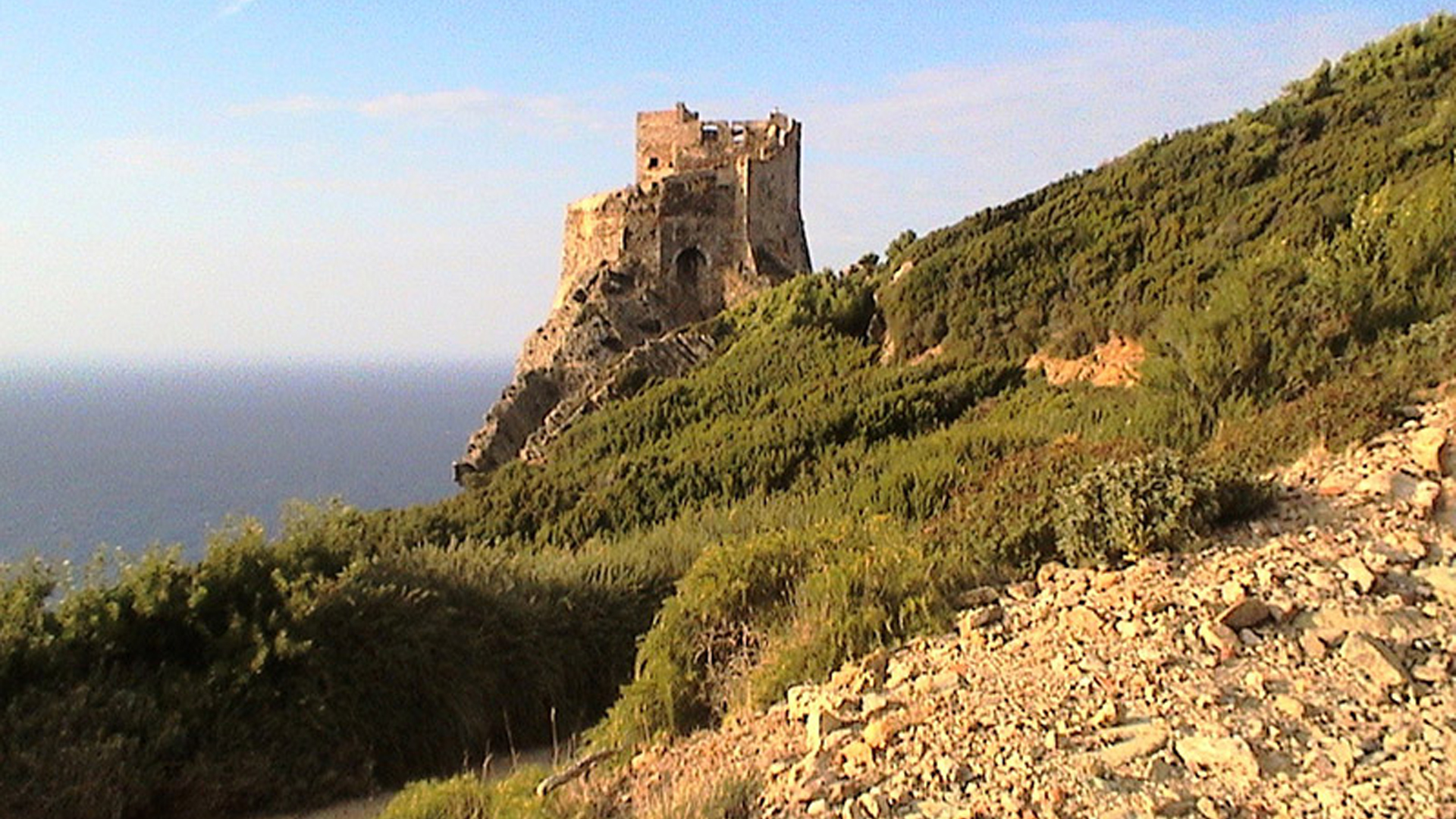The Arcipelago Toscano National Park is the largest marine park in Europe and includes seven stunning and unique islands as well as gorgeous mountain cliffs. The marine park safeguards more than 140,000 acres of sea and 42,000 acres of land. Off the coast of the province of Livorno, the nature reserve includes the Elba, Giglio, Capraia, Gorgona, Giannutri, Pianosa, and Montecristo islands. Over the years, the national park has worked to preserve the natural beauty of the area for visitors and future generations. Let’s discover together this incredible corner of the Earth that can only be described as an Italian paradise.
Elba Island

The island of Elba, together with the other pearls of the archipelago and the sea that surrounds them, is protected by the National Park of the Tuscany Archipelago. This small island is a real treasure of nature and beauty that every year attracts many tourists from all over the world. Napoleon Bonaparte, after abdicating the throne in 1814, was exiled to Elba where all his efforts focused on administering his small new kingdom. He energetically studied local resources; reorganized agriculture, transportation, and trade; and even designed the flag of Elba: white with gold bees on a red band. The island encompasses eight municipalities and many small- or medium-sized villages, all of which are extremely welcoming and rich in history and culture, museums, and other interesting attractions.
Giannutri Island

The island of Giannutri is the southernmost of the Tuscan Archipelago and also the wildest. Giannutri hosts only three small towns: Spalmatoio, Ischiaiola, and Oliveto. For the rest, they are just scattered houses. Precisely because the human presence during the year—excluding summer—is reduced, Giannutri is a very important resting area during migrations, so much so that it has become a protected natural area.
Pianosa Island

The Romans called it Planasia, which derives from planus, meaning flat. Between 6–7 a.d., Agrippa Postumus, nephew and potential heir of Emperor Augustus, was exiled here. Agrippa remained on the island until 14 a.d, the year in which he was executed. The island still preserves several testimonies of that period, including the remains of the Villa of Agrippa and some fascinating catacombs. During the Middle Ages, the island was disputed by Pisa and Genoa, but in 1399 it became part of the possessions of the coastal town of Piombino. In 1977 the prison on the island of Pianosa became a maximum-security penitentiary. Over time, the activities of the Pianosa prison decreased until its definitive closure in 2011.
Capraia Island

This island of the Tuscan archipelago derived its name from a Roman appellation for ‘goats’, capra or karpain Latin, whose most remote meaning is “rock.” You can actually find a similar toponym for Capri Island in Southern Italy. Capraia is a very small ‘rock’ indeed, just 5 miles long, of volcanic origin. For this reason, the rock faces are rather steep and the sea bottom is very deep, making it a heavenly destination for scuba divers. There is no proper beach around the island other than a slim strip of sandy beach near the harbor area, which means that only motorboats and sailing ships make waves in this pristine sea.
Montecristo Island

Due to its unique biodiversity, Montecristo has had protected status since 1988. The tiny island, a hidden gem, allows only 1,000 visitors a year. Some may recognize the island from Alexandre Dumas’ 1844 novel The Count of Monte Cristo. Visitors are only allowed to venture to the island between two periods throughout the year: August 1-15 and August 31 to the start of October. Of the 1,000 limited spots for visitors per year, Montecristo reserves 600 for school trips, and the remaining 400 must be visitors in groups of up to 40.
Giglio Island

Giglio Is about 11 miles from the closest mainland port at Porto Santo Stefano on the Argentario peninsula, within the Province of Grosseto. The island is a scuba divers’ dream and, along with Elba, perhaps the most well-known island of the Tuscan Archipelago. Giglio is known for its colorful port town, pristine sea, rugged and unspoiled terrain, and relaxed island lifestyle. Because of its proximity to the mainland, Giglio has long been a destination for day-trippers who arrive via one of the frequent high-season ferries.
Gorgona Island

Gorgona is a very beautiful island, entirely covered with vegetation, where various coves and inlets follow one another along its indented coast. The island is dotted with some rocky elevations, and the highest peak reaches 833 feet above sea level. The naturalistic context is remarkable because the island has remained substantially uncontaminated: only 70 people live there. They are a group of fishermen, and only some are permanent inhabitants.
Gorgona also hosts a prison. Given the need to protect the island’s environment and the presence of the penitentiary, Italian authorities have imposed limited access to the island. Arrivals must be authorized by the Penitentiary Direction and the Tuscan Archipelago Park Authority.
Barbara Benzoni
Barbara Benzoni was born in Milan and lives between Rome and Tuscany. She is devoted to USA, the land of courage and innovation. She’s Peter's super-lucky mum and Ale's wife. Cinema, art, good food and only beautiful things are the themes of her existence. With a degree in Italian literature and a Masters in Sports Management she can both enjoys books and basketball matches. In 25 years she has been organizing sport events all over the world and she’s been lucky enough to meet the greatest champs ever. Curiosity in everyday life and people are her drivers. Her personal icon is Mohammed Ali : "It's not bragging if you can back it up".

